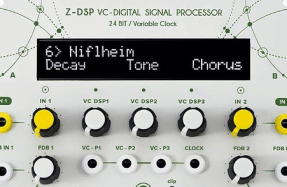String articulations
Feb 16, 2021
4 minutes
If you’re new to string or brass arranging, the term ‘articulation’may be unfamiliar. It describes the use of a different technique to play the instrument, achieving a particular sound or effect in the process.
With a violin, for example, there are many ways to play it – you can pick the strings with your fingers, play smoothly with the bow, bounce the back of the bow off the strings, and so on. Each of these techniques or articulations has a name, and can be indicated with symbols on a musical score to give the orchestra an idea of how to play the part.
When composing realistic orchestral sounds in software, most samplers or ROMplers
You’re reading a preview, subscribe to read more.
Start your free 30 days

